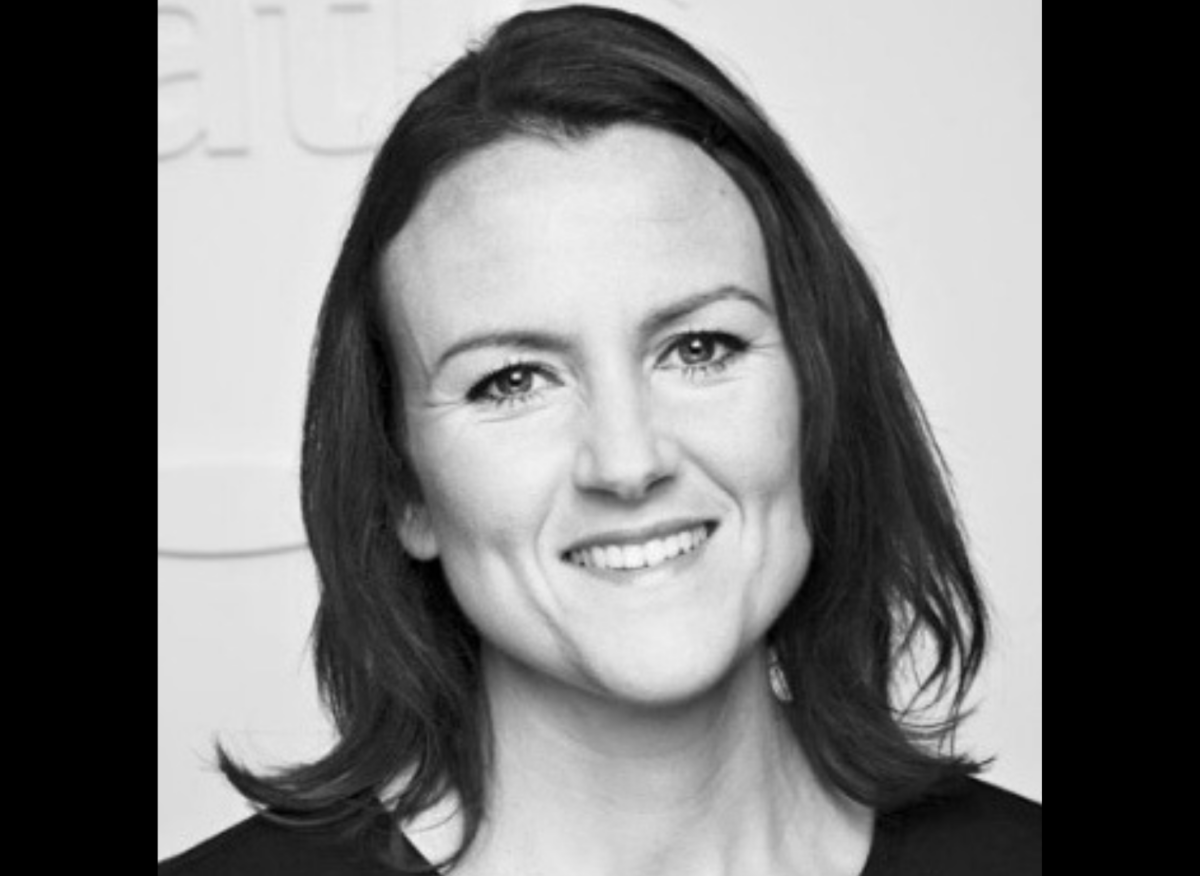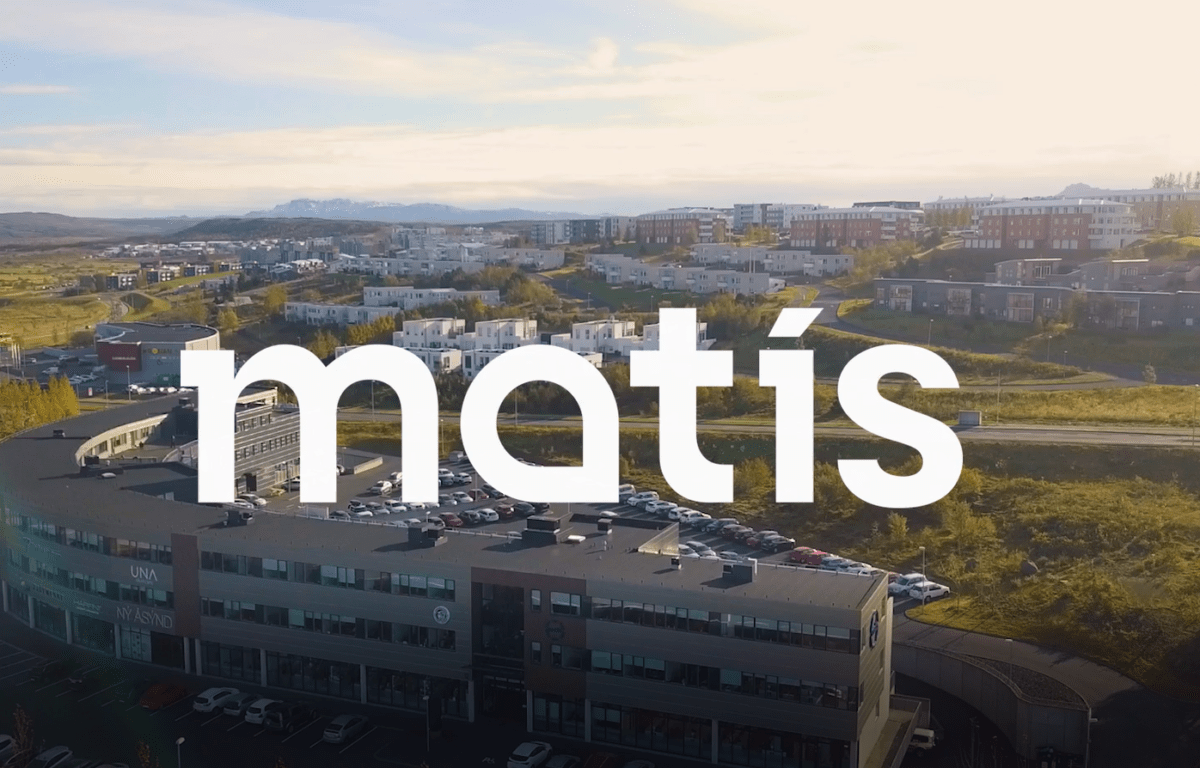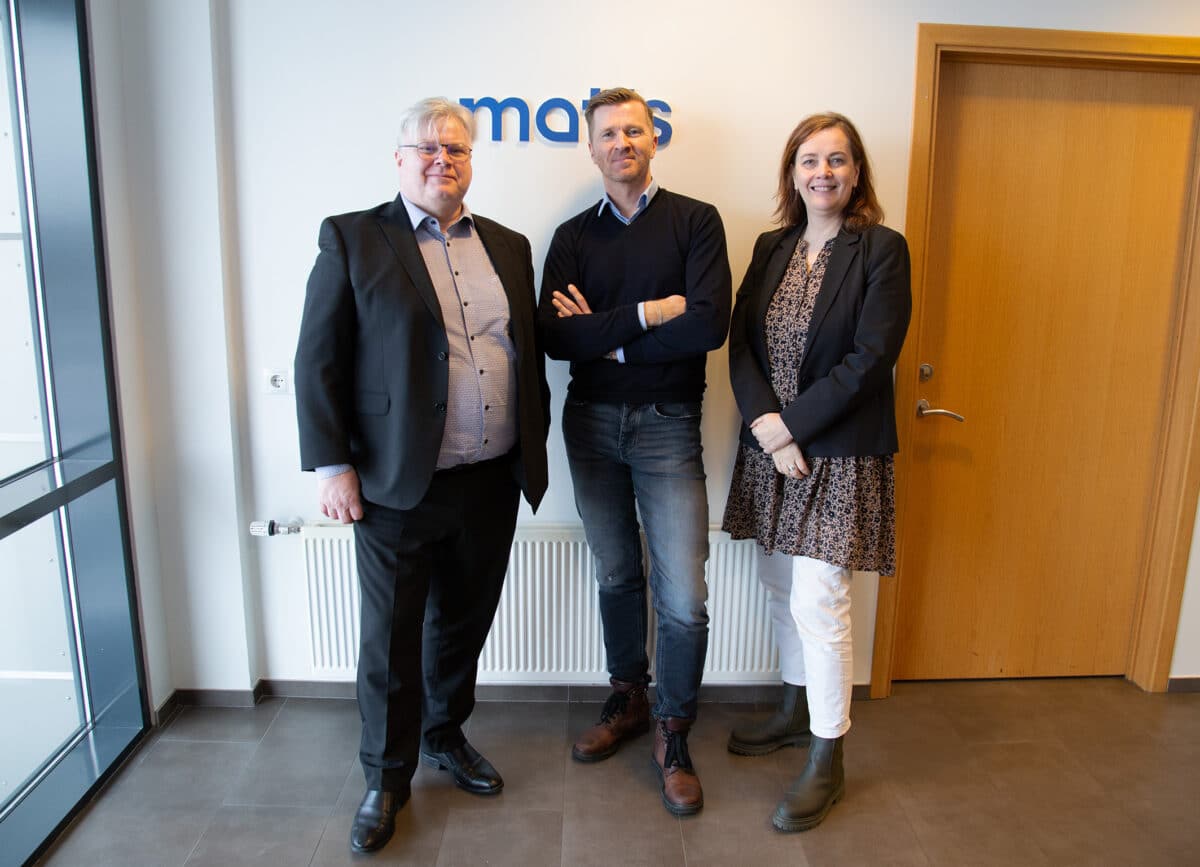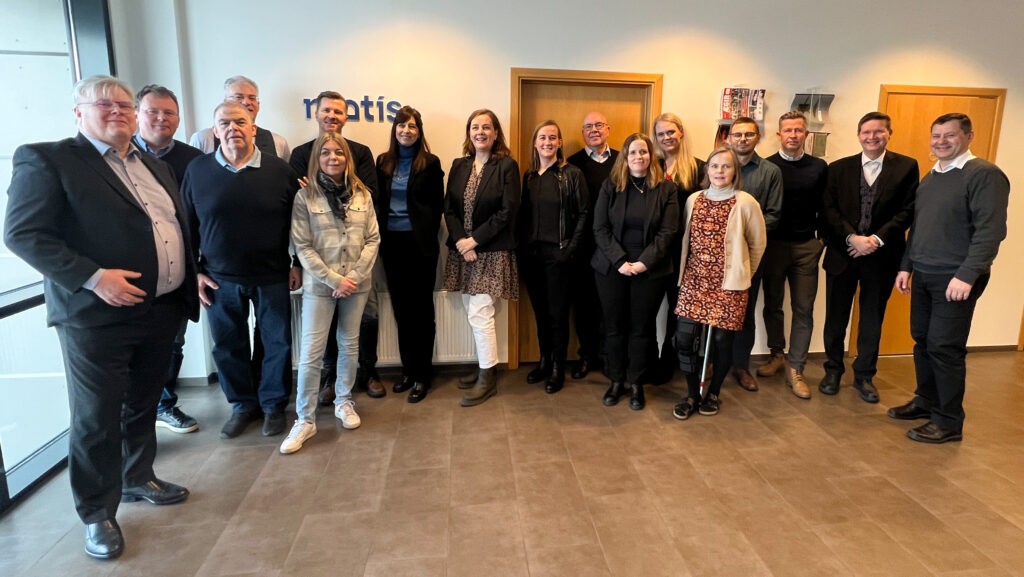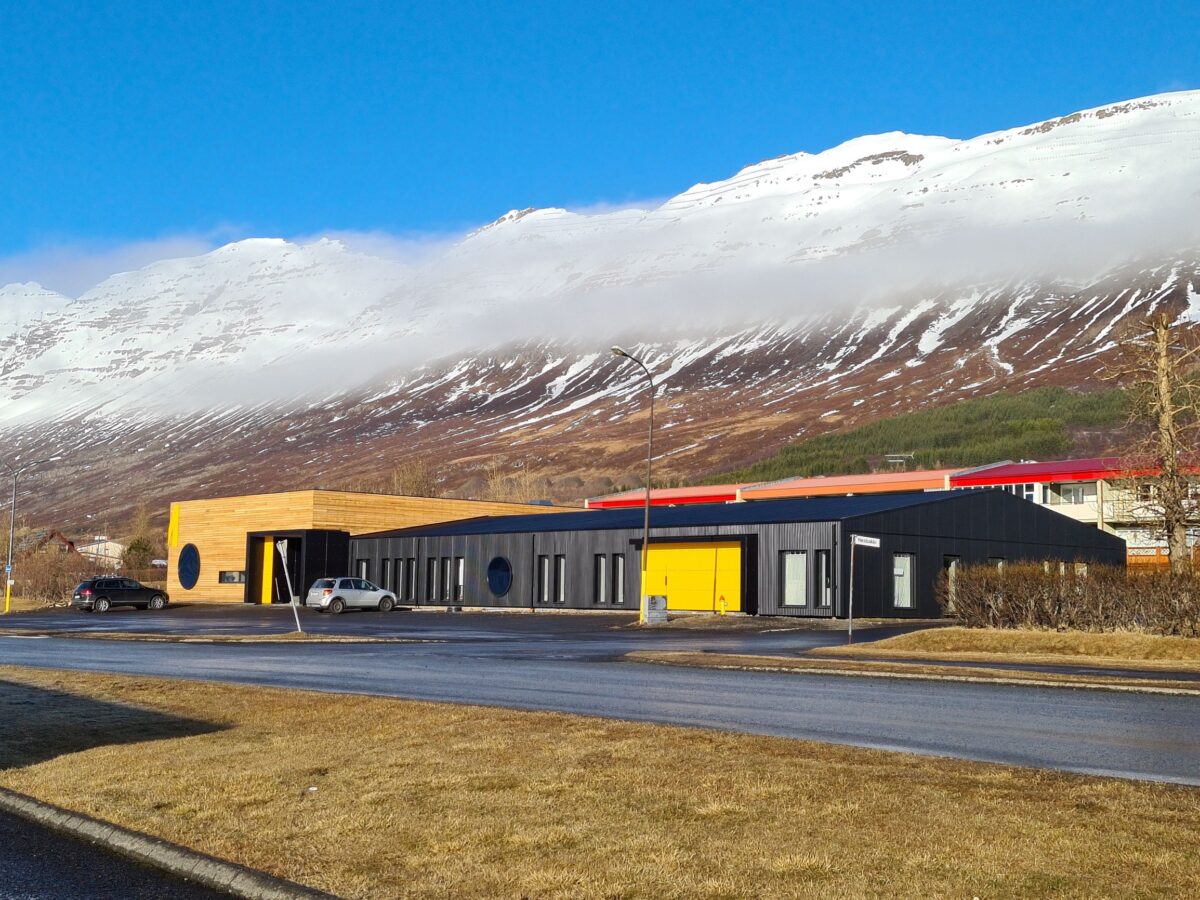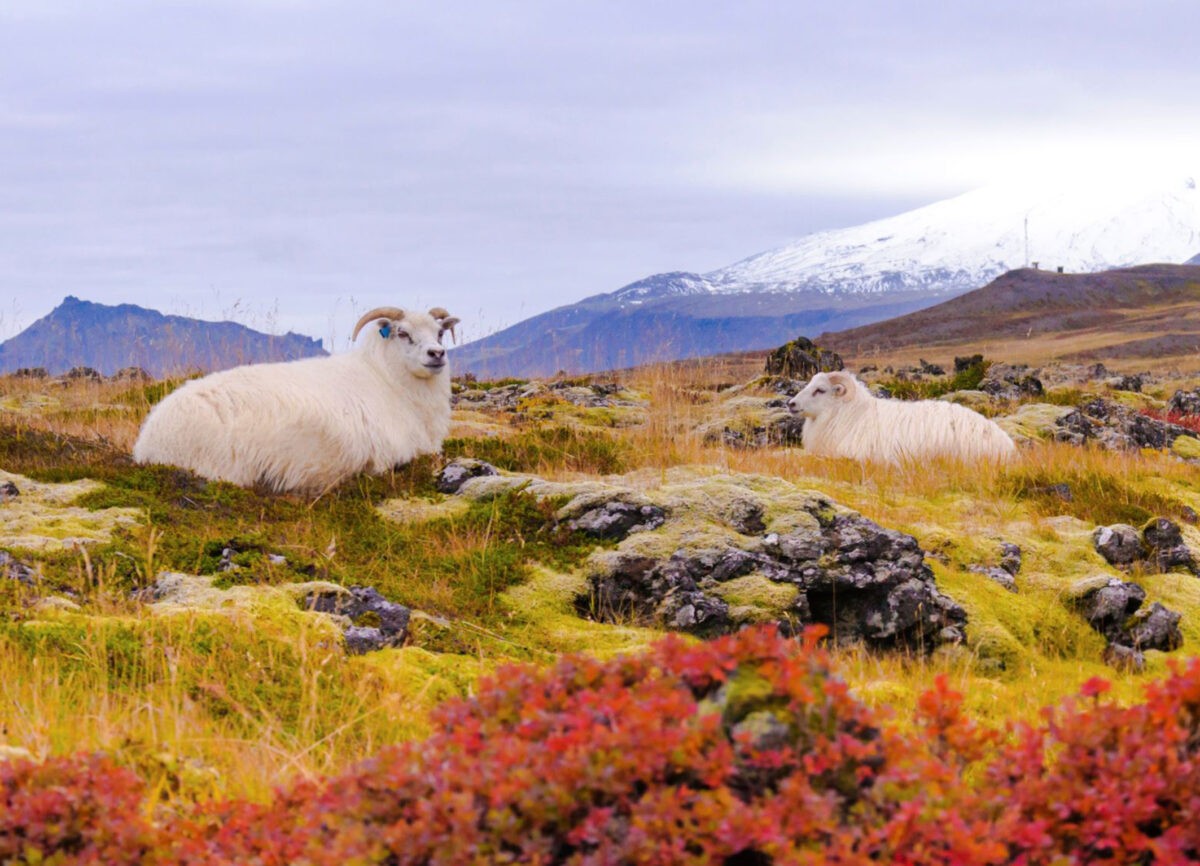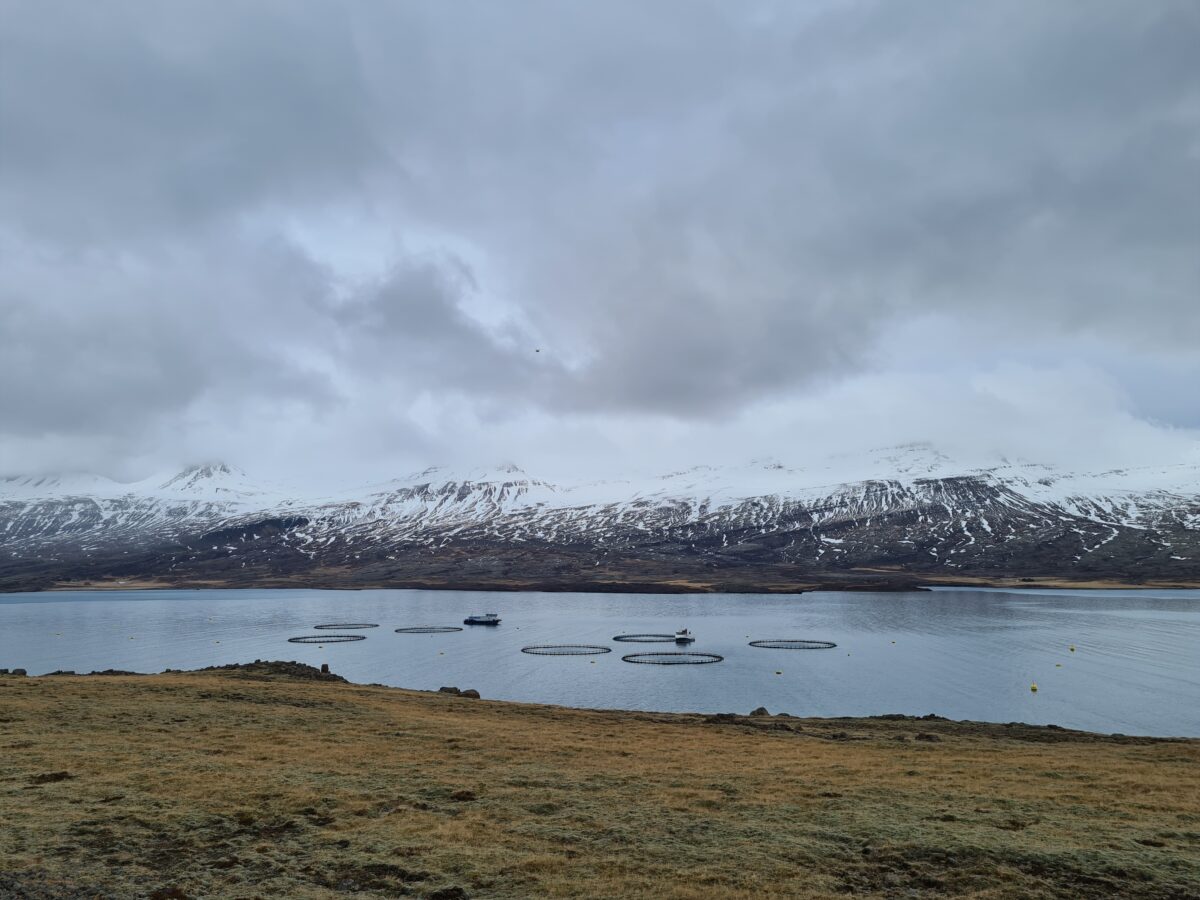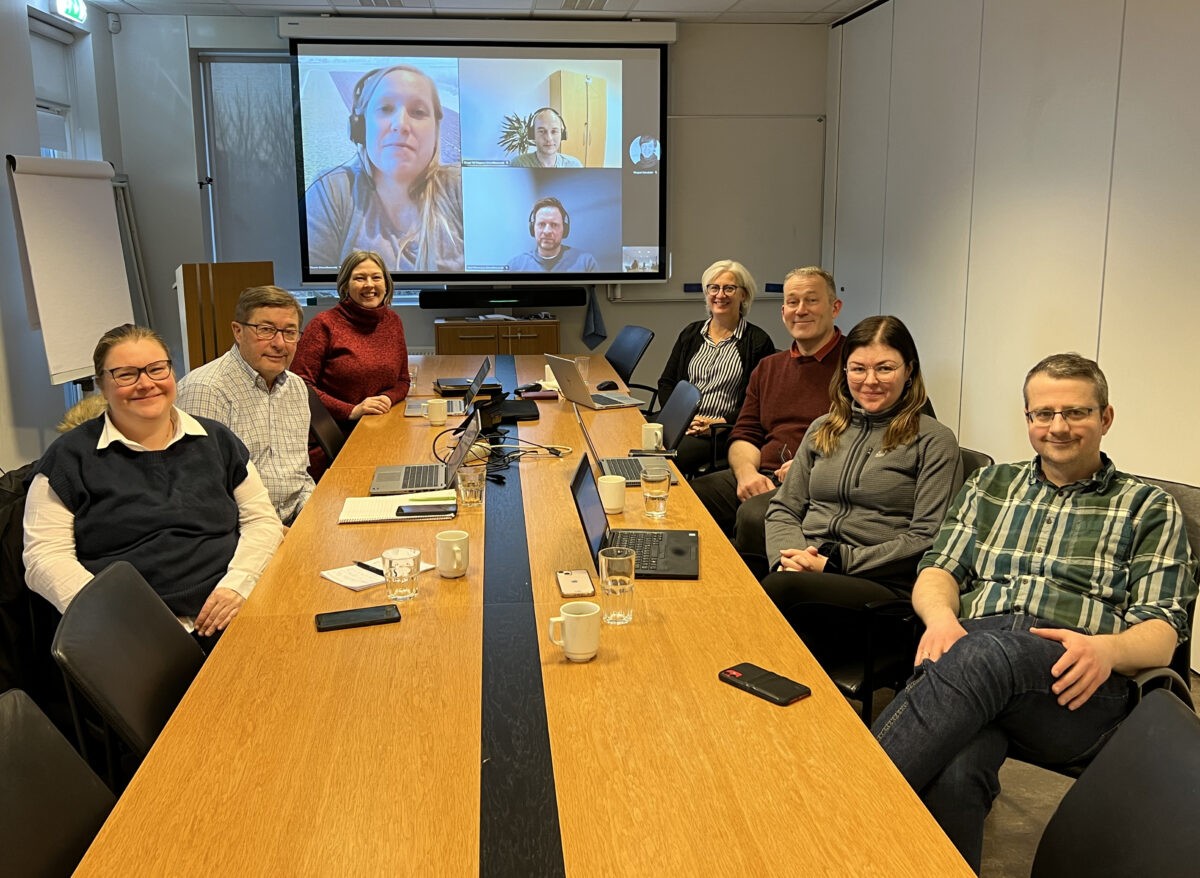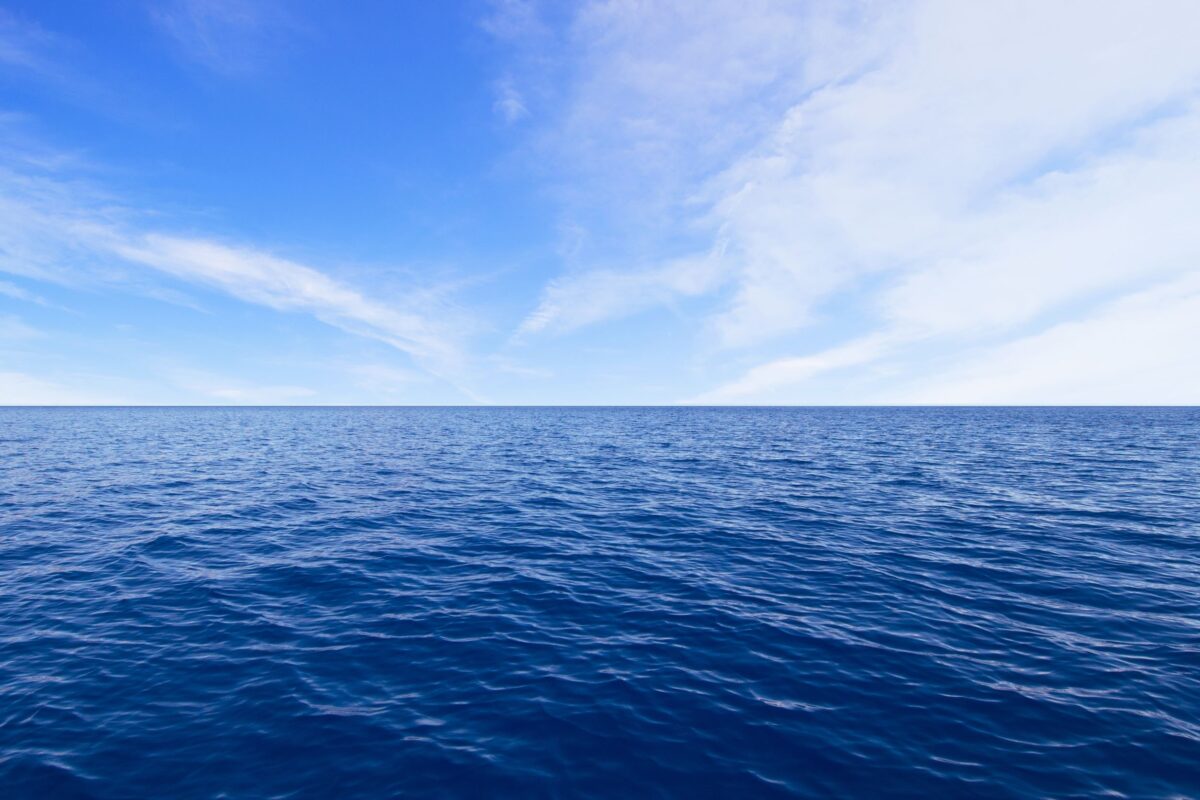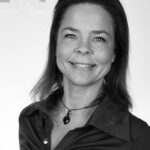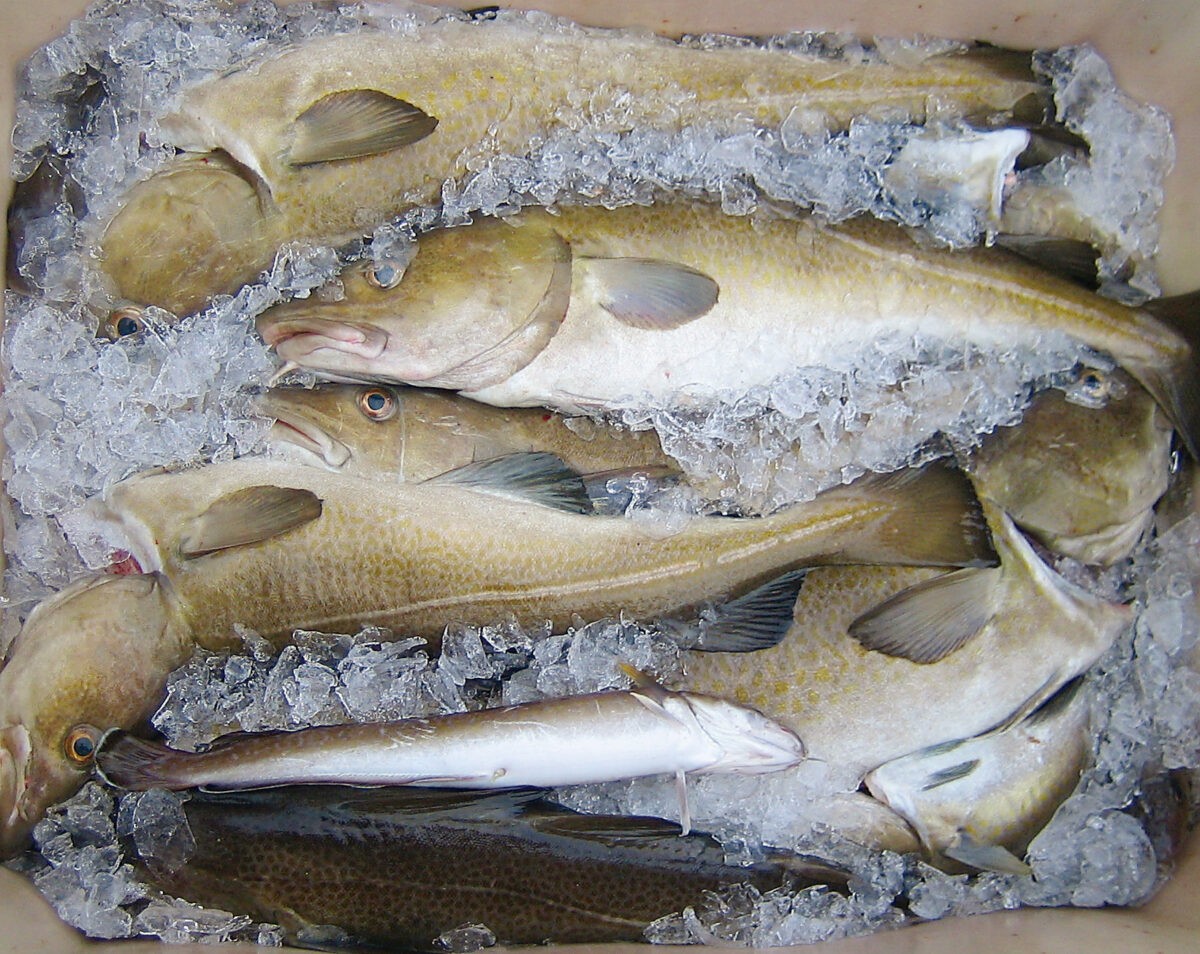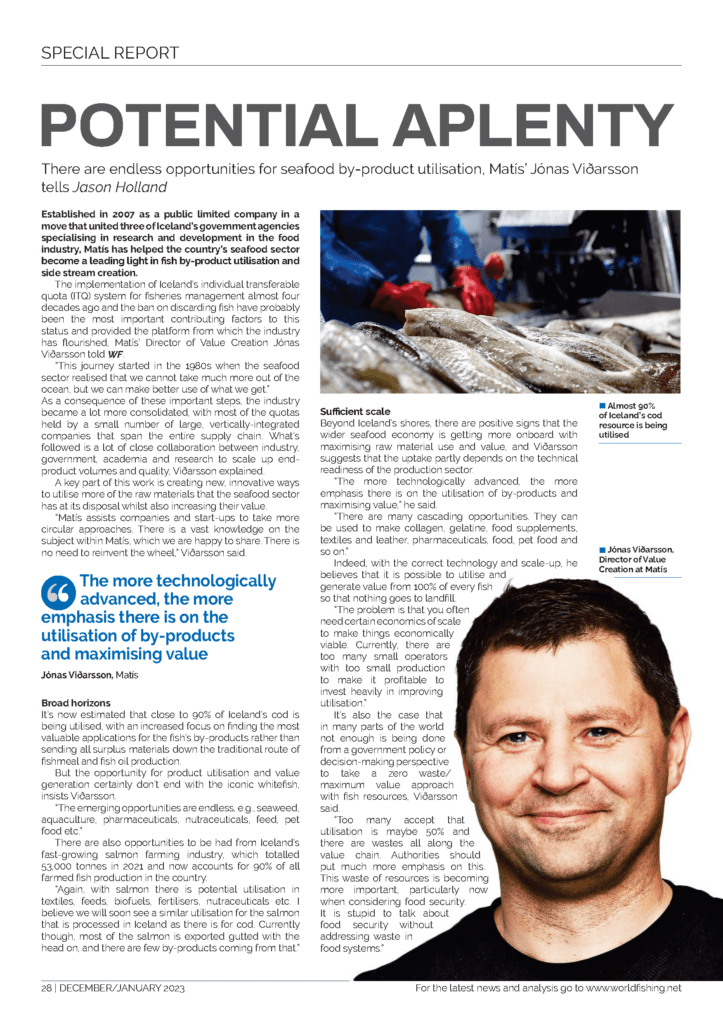Tengiliður
Sophie Jensen
Verkefnastjóri
sophie.jensen@matis.is
Í þessari skýrslu eru teknar saman niðurstöður vöktunar á óæskilegum efnum í ætum hluta sjávarfangs 2022. Vöktunin hófst árið 2003 fyrir tilstuðlan þáverandi Sjávarútvegsráðuneytis, núverandi Matvælaráðuneytið, og sá Matís ohf. um að safna gögnum og útgáfu á skýrslum vegna þessarar kerfisbundnu vöktunar á tímabilinu 2003-2012. Vegna skorts á fjármagni í þetta vöktunarverkefni var gert hlé á þessari mikilvægu gagnasöfnun sem og útgáfu niðurstaðna á tímabilinu 2013-2016. Verkefnið hófst aftur í mars 2017 en vegna fjárskorts nær það nú eingöngu yfir vöktun á óæskilegum efnum í ætum hluta sjávarfangs úr auðlindinni sem ætlað er til manneldis, en ekki fiskimjöl og lýsi fyrir fóður. Af sömu ástæðu eru ekki lengur gerðar efnagreiningar á PAH, PBDE og PFC efnum.
Markmiðið með verkefninu er að sýna fram á stöðu íslenskra sjávarafurða m.t.t. öryggi og heilnæmis og nýta gögnin við gerð áhættumats á matvælum til að tryggja hagsmuni neytenda og lýðheilsu. Verkefnið byggir upp þekkingargrunn um magn óæskilegra efna í efnahagslega mikilvægum tegundum og sjávarafurðum, það er skilgreint sem langtímaverkefni þar sem útvíkkun og endurskoðun er stöðugt nauðsynleg.
Almennt voru niðurstöðurnar sem fengust 2022 í samræmi við fyrri niðurstöður frá árunum 2003 til 2012 sem og 2017 til 2021. Niðurstöðurnar sýndu að íslenskar sjávarafurðir innihalda óverulegt magn þrávirkra lífrænna efna s.s. díoxín, PCB og varnarefni.
í þessari skýrslu voru hámarksgildi Evrópusambandsins (ESB) fyrir díoxín, díoxínlík PCB (DL-PCB) og ekki díoxínlík PCB (NDL-PCB) í matvælum samkvæmt reglugerð nr. 1259/2011 notuð til að meta hvernig íslenskar sjávarafurðir standast kröfur ESB. Niðurstöður ársins 2022 sýna að öll sýni af sjávarafurðum til manneldis voru undir hámarksgildum ESB fyrir þrávirk lífræn efni og þungmálma. Þá reyndist styrkur svokallaðra ICES6-PCB efna vera lágur í ætum hluta sjávarfangs, miðað við hámarksgildi ESB samkvæmt reglugerð nr. 1259/2011. Sömuleiðis sýndu niðurstöðurnar að styrkur þungmálma, t.d. kadmíum (Cd), blý (Pb) og kvikasilfur (Hg) í íslenskum sjávarafurðum var alltaf undir hámarksgildum ESB.

